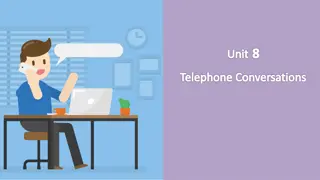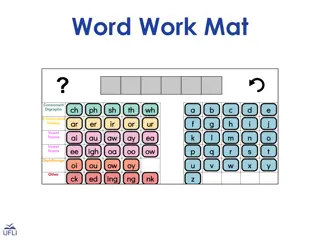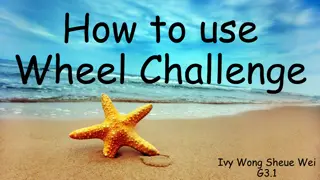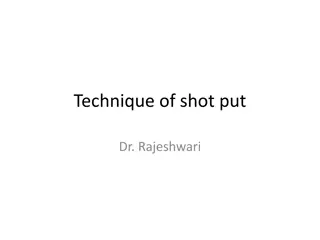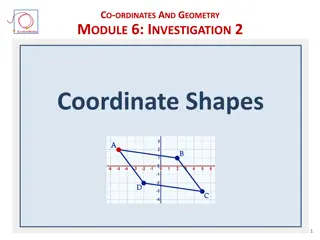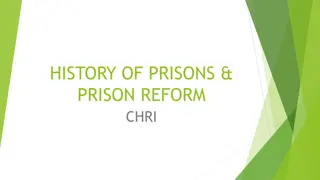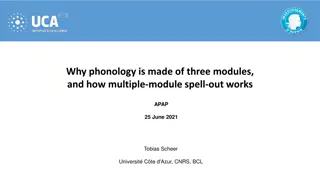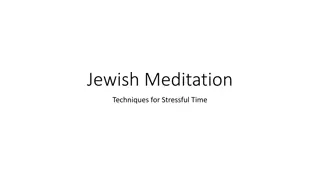Breath-Holding Spell
Exploring the phenomenon of breath-holding spells and their impact. Dive into the research submitted by Studymafia.org and gain insights into this intriguing topic.
Download Presentation

Please find below an Image/Link to download the presentation.
The content on the website is provided AS IS for your information and personal use only. It may not be sold, licensed, or shared on other websites without obtaining consent from the author.If you encounter any issues during the download, it is possible that the publisher has removed the file from their server.
You are allowed to download the files provided on this website for personal or commercial use, subject to the condition that they are used lawfully. All files are the property of their respective owners.
The content on the website is provided AS IS for your information and personal use only. It may not be sold, licensed, or shared on other websites without obtaining consent from the author.
E N D
Presentation Transcript
StudyMafia.Org Breath Holding Spell Submitted To: Submitted By: Studymafia.org Studymafia.org
Content What is a breath holding spell? Types Why do breath holding spells happen? Treatment Prevantion Conclusion
What is a breath holding spell? A breath holding spell is where a young child holdsTrusted Source their breath usually until they briefly lose consciousness. The child may go rigid or limp, and their usual complexion may turn pale or bluish due to a lack of oxygen. The child usually regains consciousness in less than 1 minuteTrusted Source. Breath holding spells often follow strong emotions, such as anger, frustration, pain, or fear. They are common following temper tantrums. A painful or frightening experience may also be the trigger.
Breath holding spells do not indicate a health issue and do not harm the child. However, they can be distressing to witness. Breath holding spells are similar to sleep apnea, where a person stops breathing for a few seconds before starting again.
Types There are two types of breath holding spells: cyanotic and pallid. Both types can be frightening to witness, but they are not harmful. Below is an outline of both types. Cyanotic breath holding spells Pallid breath holding spells
Cyanotic breath holding spells Doctors also call cyanotic breath holding spells blue spells. They often result from anger or frustration. The child may: cry or scream exhale deeply hold their breath and turn blue, especially around the lips become rigid or floppy briefly lose consciousness recover quickly or feel drowsy for a while
Pallid breath holding spells Pallid breath holding spells are also called pale spells and are less common than blue spells. A slow heart rate causes them, and people may mistake them for a seizure. Children may experience a pale spell after a minor injury or shock. The child may: lose consciousness and turn pale open their mouth to cry but be unable to make a sound have stiff limbs or lose bladder or bowel control become sweaty have body jerks
Why do breath holding spells happen? Children who experience breath holding spells do not choose to hold their breath to seek attention, even though it might appear that way. Breath holding spells are involuntary. When a child chooses to hold their breath to get what they want, they do not lose consciousness and begin breathing as usual when they perceive they have won. Triggers for breath holding spells may include: a temper tantrum the child feeling upset, angry, or frustrated a caregiver reprimanding a child the child feeling frightened the child being in pain
Experts do not know the exact cause of breath holding spells. There may be a genetic component as 25 30%Trusted Source of children who experience them have a near relative who has also experienced them. Breath holding children may be more likely to faint as adolescents and possibly as adults. StudiesTrusted Source have also suggested links with: iron deficiency anemia autonomic nervous system dysfunction, where the bodily systems that control automatic functions, including the heartbeat and breathing, may not work correctly Breath holding spells are a symptomTrusted Source of certain genetic syndromes, such as 16p11.2 microdeletion syndrome and Riley-Day syndrome.
Treatment Doctors do not recommend treatments for breath holding spells as most children outgrow the condition. However, according to a 2019 studyTrusted Source, some children may benefit from taking iron supplements even if they are not diagnosed with iron deficiency anemia. Caregivers should talk with a doctor before giving a child supplements. Caregivers may benefitTrusted Source from counseling to give reassurance and help them manage a child s breath holding episodes.
Prevention There are several strategies caregivers can try that may prevent breath holding spells. They include: distracting the child in situations that may trigger breath holding giving the child plenty of warning when things are about to change comforting the child when they are frightened or having a difficult experience helping older children learn to recognize emotions such as anger and frustration by naming them and exploring how they feel in the body trying to prevent the child from becoming overtired or hungry if those situations trigger episodes
When to contact a doctor Most children will grow out of breath holding by the time they are 6 years old. The episodes are usually harmless and do not need medical investigation. However, caregivers should consult a doctor in the following circumstances: the child is younger than 6 months spells happen more than once per week breath holding begins suddenly
the child looks confused and excessively drowsy after holding their breath the child shakes and goes rigid for longer than 1 minute, and they take a while to recover the child falls and hits their head during a spell Caregivers should talk with a doctor if a child has a breath holding spell for the first time. The doctor can check for signs of more serious conditions, such as epilepsy.
Summary Breath holding spells are most common in children between 6 months and 6 years. Most children have their first episode before 18 months. Strong emotions, such as anger, fear, pain, or frustration, usually precede breath holding spells. Temper tantrums are common triggers. There are two types of breath holding spells. The cyanotic type is the most common, and children usually turn blue in the face, particularly around the lips.
The pallid type results from a drop in heart rate. The child may experience a minor injury or shock before turning pale. Children may lose consciousness for a few seconds, but they will recover without needing medical help. Although they can be distressing to watch, caregivers should stay calm if their child has a breath holding spell. They should reassure their child but avoid making a fuss or reprimanding them. If a child holds their breath frequently or an episode happens before they are 6 months old, caregivers should consult a doctor.
References Google.com Wikipedia.org Studymafia.org Slidespanda.com
Thanks To StudyMafia.org









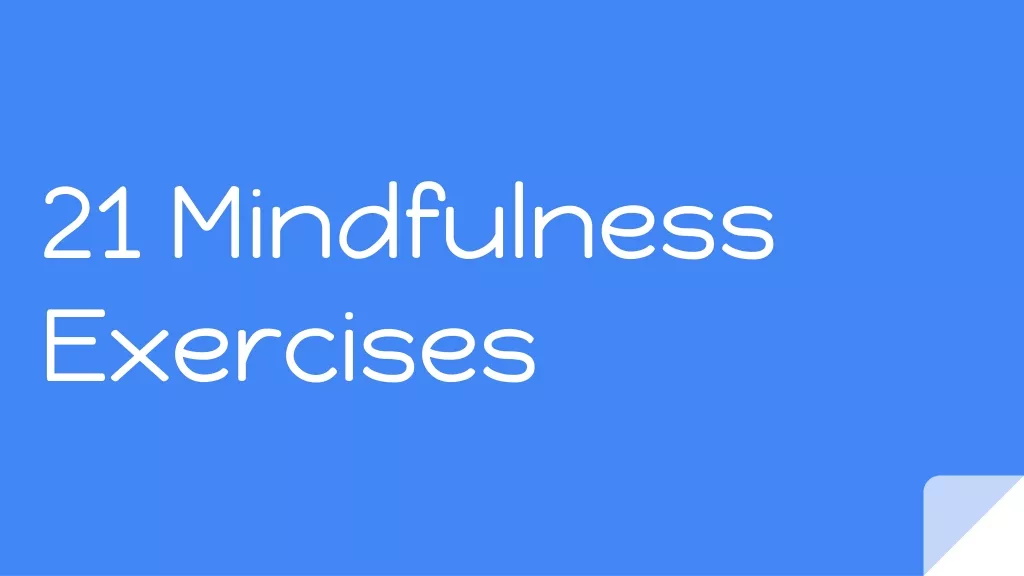
![[PDF] DOWNLOAD Spell of the Highlander: The Highlander Series, Book 7](/thumb/42282/pdf-download-spell-of-the-highlander-the-highlander-series-book-7.jpg)


